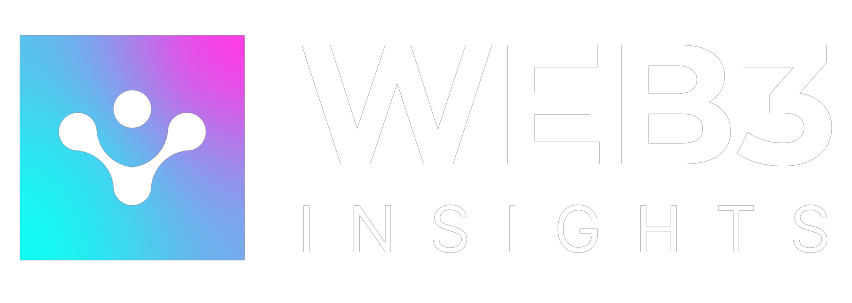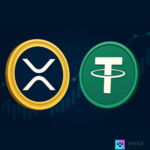If you’ve been in crypto for more than five minutes, you’ve probably come across Tether (USDT) and USD Coin (USDC). These two are basically the Coca-Cola and Pepsi of stablecoins. They’re everywhere, used in nearly every exchange, DeFi app, and wallet I’ve ever interacted with. But despite being similar in purpose (both are pegged to the U.S. dollar), they are very different under the hood. And those differences matter, especially if you care about transparency, risk, and how you use stablecoins in your own strategy.
Let me break down the top 10 differences I’ve come to know between USDT and USDC. These aren’t just technical specs; they reflect the culture, philosophy, and long-term potential of each project.
1. The Companies Behind the Coins
USDT is issued by Tether, a company that’s had a controversial history (more on that later). It’s affiliated with Bitfinex, a major crypto exchange. USDC, on the other hand, is issued by Circle, a U.S.-based fintech company that operates with a much more visible regulatory profile.
When I think about trust, Circle definitely feels more buttoned-up. They’ve made a point to work closely with U.S. regulators, and they’ve been open about their goals to be part of the future of regulated digital money. Tether? Not so much. It’s been more of a “build first, explain later” type of brand.
2. Transparency and Audits
This one’s huge for me. Circle publishes monthly attestations from top auditing firms that detail exactly what backs every USDC in circulation. They even disclose reserve compositions.
Tether, meanwhile, has faced years of criticism for lack of transparency. While they now publish reports and breakdowns of reserves, it took public pressure and legal settlements to get there. If you’re the kind of person who wants receipts before trusting a product, USDC has the edge.
3. Reserve Assets
Both coins are backed 1:1 by assets, but what those assets are makes a difference. USDC is mostly backed by cash and short-term U.S. government bonds. Tether’s reserves used to include a lot more commercial paper and other less liquid instruments, though they’ve shifted more toward Treasuries in recent years.
Still, the lack of consistent third-party validation for Tether’s reserves makes it a bit of a black box. With Circle, I feel like I know exactly what’s backing my USDC.
4. Regulation and Legal Framework
Circle is regulated under U.S. money transmission laws. They’ve registered with FinCEN and are transparent about their compliance strategy. They’re also a key voice in stablecoin legislation like the GENIUS Act.
Tether, by contrast, operates more in the shadows. It’s not that they’re illegal or anything, but they don’t have the same level of regulatory clarity. For some traders, that’s fine. For institutions and cautious investors, it’s a red flag.
5. Blockchain Availability
Both USDC and USDT exist across multiple blockchains, but they’ve made different choices. USDC is big on Ethereum, Solana, and Avalanche. Tether is on Ethereum, Tron, Solana, and more obscure chains like EOS and Algorand.
Interestingly, Tether USDT is way more active on Tron than USDC, especially for high-volume transfers in Asia. If you’re transacting across chains, this might factor into your decision.
6. Market Cap and Usage
As of now, USDT has a much larger market cap. It’s still the dominant stablecoin by volume and is used extensively for trading pairs across centralized and decentralized exchanges.
But USDC has carved out a strong niche, especially in the U.S. and among regulated platforms. In DeFi, USDC often feels more trusted by protocols, and some even require it exclusively for deposits.
7. Speed and Fees
This one depends more on the blockchain than the coin itself. But from my experience, sending USDC on Solana or Avalanche has been cheaper and faster than Tether USDT on Ethereum. USDT on Tron is cheap too, but Tron’s not my favorite chain for other reasons.
USDC is heavily integrated with faster L2s and L1s, while Tether’s multi-chain approach feels broader but less optimized.
8. Global Reach
Tether has a massive footprint in emerging markets. It’s used in countries with unstable currencies as a dollar alternative. I’ve seen stories of people in Venezuela, Nigeria, and Turkey relying on USDT as a store of value.
USDC is growing in this area but hasn’t hit the same grassroots adoption. It still feels more “institutional” in its branding and use cases.
9. DeFi Integration
Both tokens are everywhere in DeFi, but there’s a vibe difference. USDC is the stablecoin of choice for many lending protocols, DAOs, and newer DeFi platforms. It’s seen as safer, more transparent.
USDT is often preferred for high-volume trading and arbitrage, especially on centralized exchanges and AMMs.
10. Public Perception and Risk
Let’s be honest: Tether has a rep. It’s been called out for shady reserve practices, delayed audits, and transparency issues. But it still dominates because of its liquidity and track record.
USDC is seen as the more trustworthy, compliant option, but it’s not without risk. Remember when USDC briefly de-pegged during the SVB banking crisis? That shook a lot of confidence, even if it recovered quickly.
Final Thoughts: Which One Do I Use?
Honestly? I use both. USDT for trading and quick liquidity when I don’t need to overthink it. USDC when I’m interacting with DeFi apps or protocols that I trust, and when I want more peace of mind about what’s backing my stablecoins.
The real takeaway here is this: stablecoins aren’t interchangeable. They might look the same in your wallet, but the philosophies, risks, and strategies behind them are worlds apart. Know what you’re holding. Know why you’re holding it. That’s how I stay ahead in crypto.








